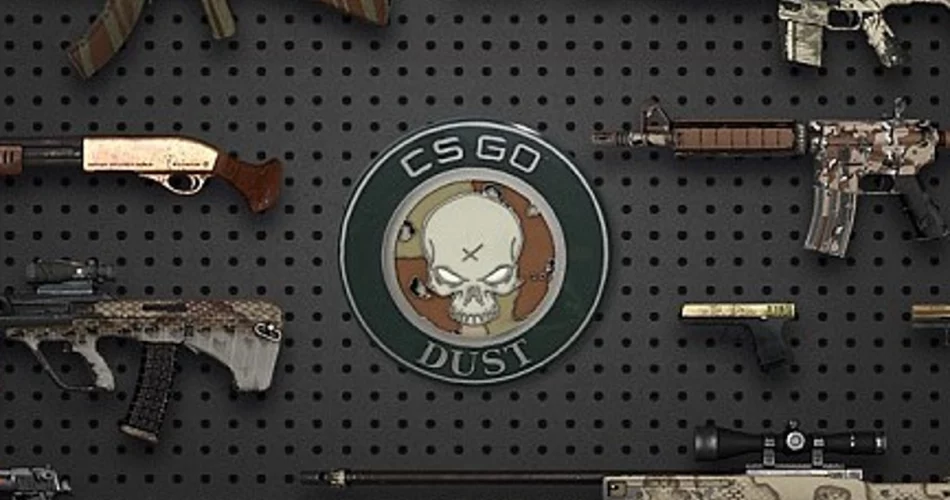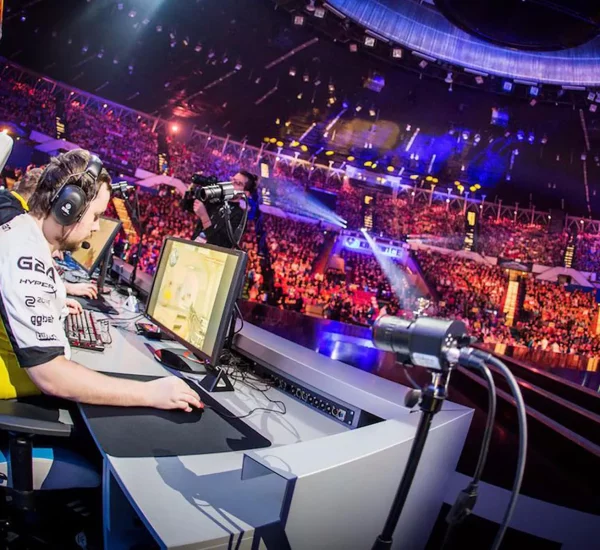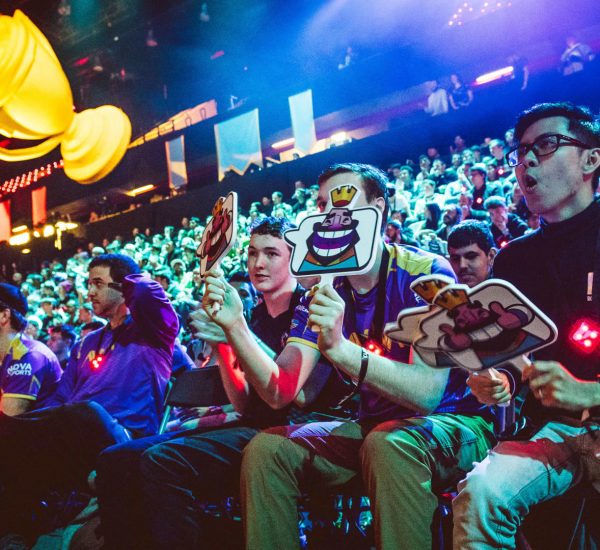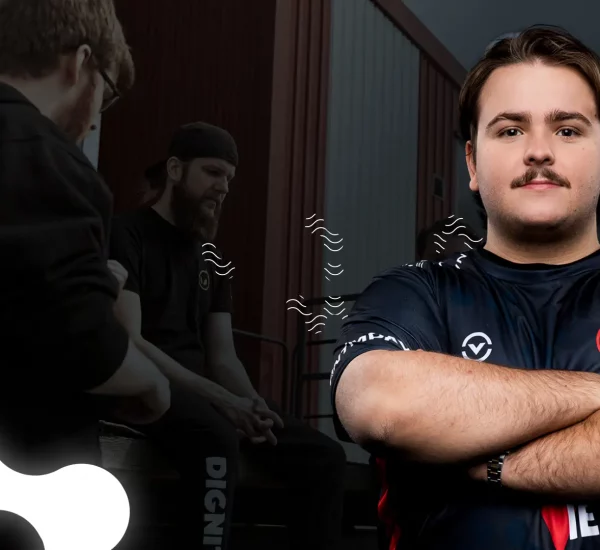Counter-Strike: Global Offensive (CS:GO) has evolved beyond being just a game; it has become a thriving ecosystem with a robust esports scene. One unique aspect that sets CS:GO apart from other esports titles is the presence of weapon skins. These cosmetic enhancements not only add a personalized touch to players’ arsenals but also play a significant role in shaping the game’s esports economy.
The Birth of CS:GO Weapon Skins: Valve Corporation introduced weapon skins to CS:GO in August 2013 as part of the “Arms Deal” update. Players could now customize the appearance of their weapons, ranging from subtle camouflage patterns to vibrant and exotic designs. What began as a mere aesthetic addition soon transformed into a phenomenon that impacted both the in-game experience and the broader esports landscape.
Aesthetic Appeal and Personalization: Weapon skins provide players with a means of expressing their individuality and style within the game. This customization aspect has resonated well with the player base, fostering a sense of attachment to their virtual armaments. From classic designs to rare and flashy patterns, the variety of skins available ensures that players can find the perfect look for their favorite weapons.
Trading and Marketplaces: The introduction of the Steam Marketplace allowed players to trade, buy, and sell CS:GO skins, creating a virtual economy that mirrors real-world markets. Rare and desirable skins quickly became sought after, driving up their market value. The rarity of certain skins, determined by factors like drop rates and case openings, turned them into virtual commodities with real-world value.
Economic Impact on Esports: CS:GO skins have become a driving force behind the game’s esports economy. Major tournaments, such as the ESL Pro League and the Intel Extreme Masters, have capitalized on the popularity of skins by incorporating them into their prize pools. This not only adds excitement to the tournaments but also boosts their overall financial appeal, attracting both players and sponsors.
Skin Betting and Controversy: While the trade and sale of skins have brought economic benefits, the rise of skin betting has been a double-edged sword. Skin gambling websites allowed players to wager their skins on professional matches, adding a layer of excitement to the viewing experience. However, it also raised ethical concerns and prompted legal scrutiny due to issues like underage gambling.
Regulation and Responsible Practices: In response to the controversies surrounding skin gambling, Valve implemented measures to crack down on third-party skin gambling sites. This included issuing cease and desist notices and restricting certain features related to skin trading. The goal was to promote responsible practices within the community and protect players, particularly minors, from potential harm.
CS:GO weapon skins have become an integral part of the game’s identity, influencing not only the in-game experience but also the broader esports economy. From aesthetic appeal and personalization to their role in tournament prize pools, skins have left an indelible mark on the CS:GO community. As the game continues to evolve, the relationship between weapon skins and the esports economy will undoubtedly remain a dynamic and intriguing aspect of CS:GO’s legacy.



